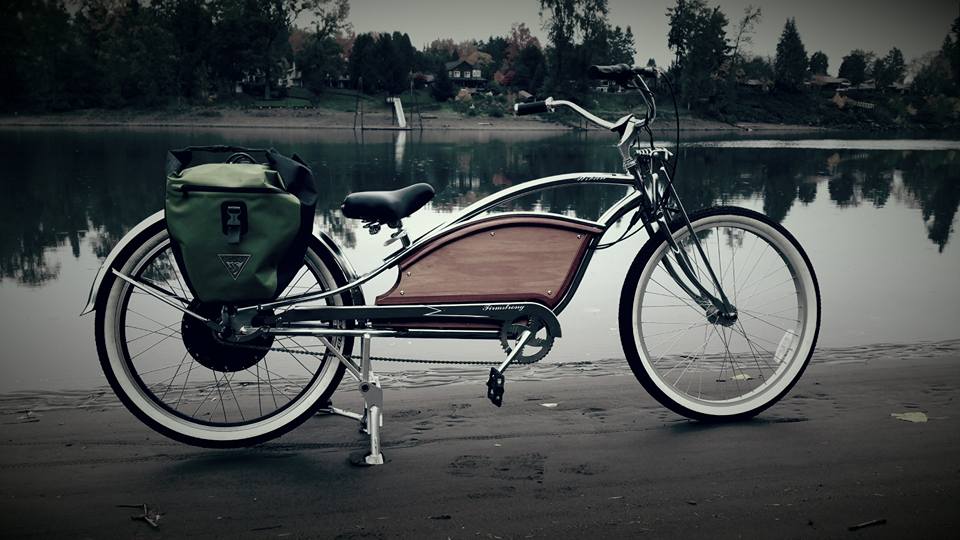How much is a watt?
In grade school we all learned measurements of capacity like how many quarts are in a gallon. In my classroom, we got our empty containers to compare cups and pints and quarts and gallons. We had visual aids that guide our understanding of the differences between these measurements. That was math class. In science class you probably learned about watts, but do you remember what you learned? Can you visualize how much electric power is in a watt? Probably not. Measurements like watts, gigabytes, and volts are much harder to understand because we can see them, touch them, lift them, and compare them. However, a watt is an important concept to understand. Why? It is a little bit of electric power, and electric power is something we need and use every single day. More important is that watts can be produced by human power, human effort. We can generate electricity.
How does that work?
This truth has led Adam Boesel on a journey to develop a bicycle that will generate electricity. He has been working on this since 2007 and made giant leaps in his development. One of the biggest hurdles for him to overcome has been managing people’s expectations. Over and over again people have been disappointed to find out that pedaling their bike is not going to generate electricity large enough to power their entire home.
Then, it happened. Adam came across an article about a billionaire who was developing a bike generator. This guy had been able to clear the hurdles over which Adam was struggling. The guy, Manoj Bhargava, had created bike allowing riders to generate electricity which could power a home for twenty-four hours, was prepared to make and test 10,000 bikes in India, and the kicker was that they would only cost $100 each! Adam’s were significantly higher in price. Uh oh. Houston, we have a problem.
So what happened?
Traffic to Adam’s site doubled because more people were learning about the concept of using a bike to generate electricity and were searching for more information. However, people wanted to know why Adam’s bike cost so much more and how it compared to Manoj’s Free Electric Bike.
Looking at the details is all anyone needs to do to see the differences between Adam and Manoj. First, the homes being powered by Manoj’s bike were in India! The homes currently have no electricity. These are not the typical U.S. homes which require large amounts of electricity to run. Second, $100 in India goes about as far as $500 in the U.S. For example, a bicycle that costs $300 in the U.S. would cost about $60 in India. So the claims sound amazing until you gain a perspective to see the differences between our culture and theirs.
What’s the good news?
So why try to generate electricity in your home by pedaling if it can’t power the whole thing? Adam gives two reasons. One, the amount of energy a bike can produce may not be enough for a U.S. home, but if we can use these in countries where they have little/no electricity, we can help a lot of people. This can give them access to lights and communication with the outside world. The ability to generate electricity through human power has significant implications for third world countries.
The key is to keep our eye on the goal. We are not likely to be completely sustained through power generated by bicycles, but we can cut down on our dependence upon fossil fuels which will mean they last longer because we are using less of them. We are using more energy today than we can sustainably produce. In addition, this is just a start. If we keep innovating and keep learning, we may come up with ways to generate more electricity through human power. Without taking this first step, we will never know what’s possible. So let’s learn the value of a watt and use our power to generate more of them.
Find out more about Adam’s bikes and read the full article here.

